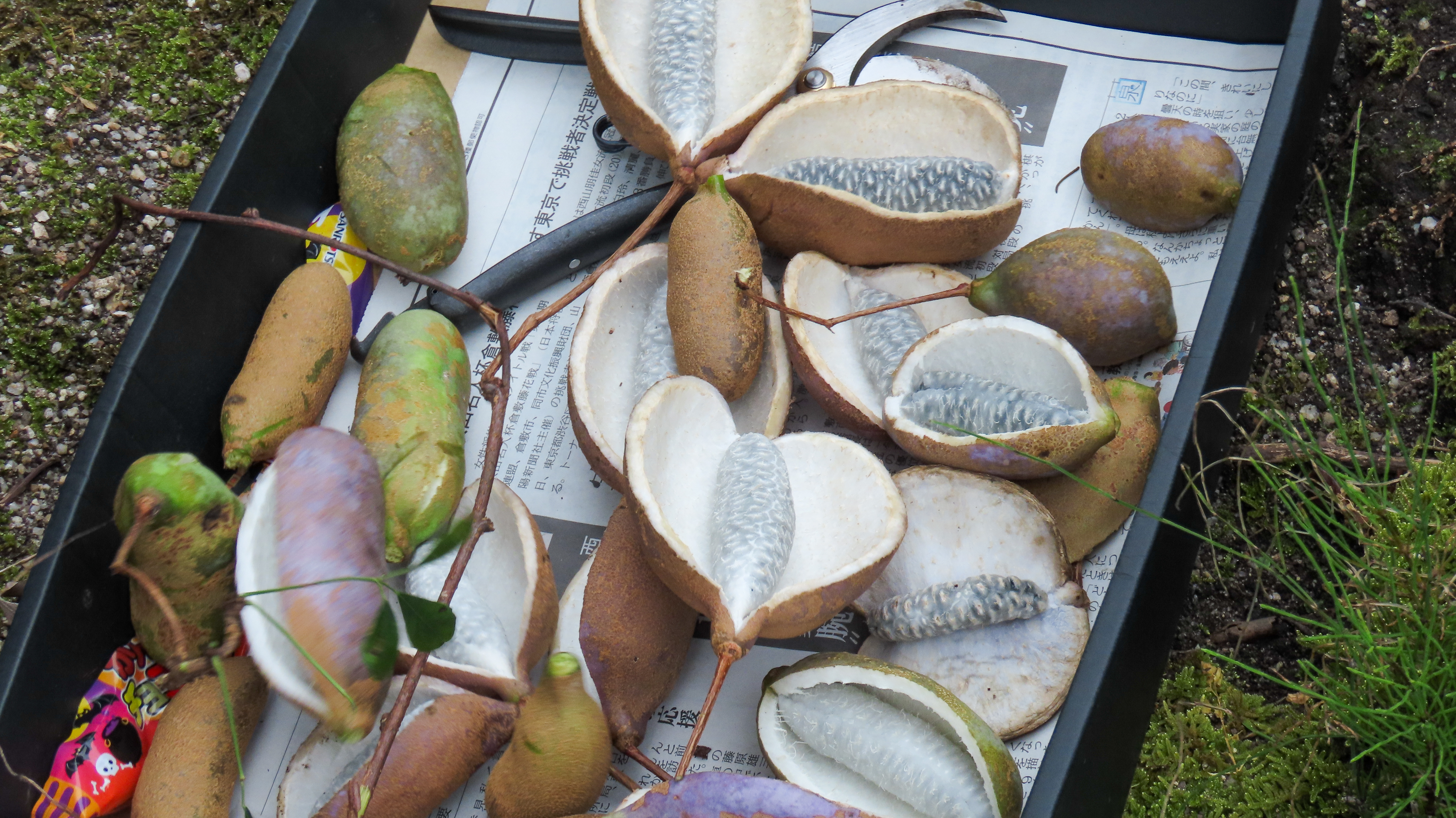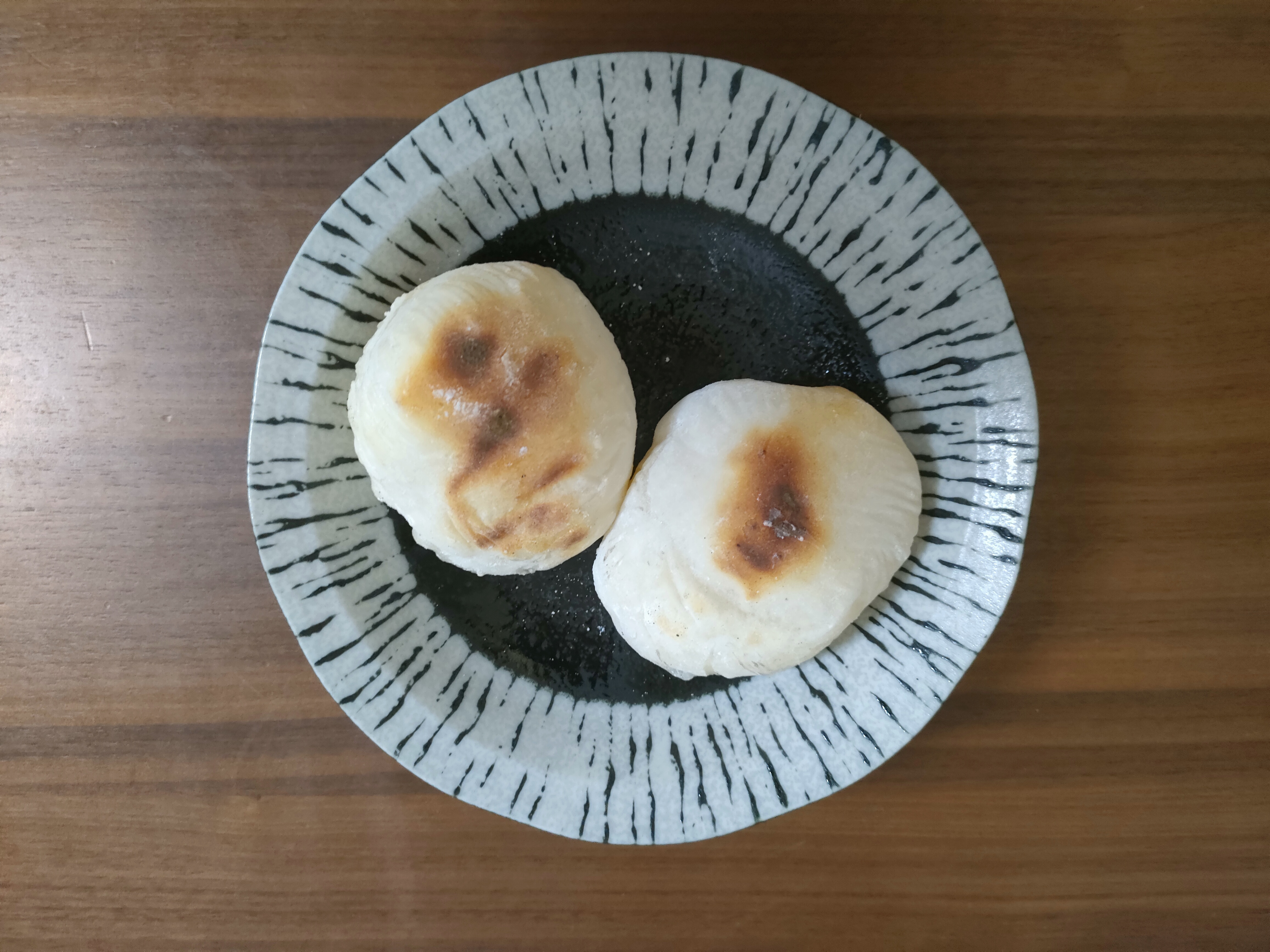Yuzu-yu, the Winter Solstice Citron Bath
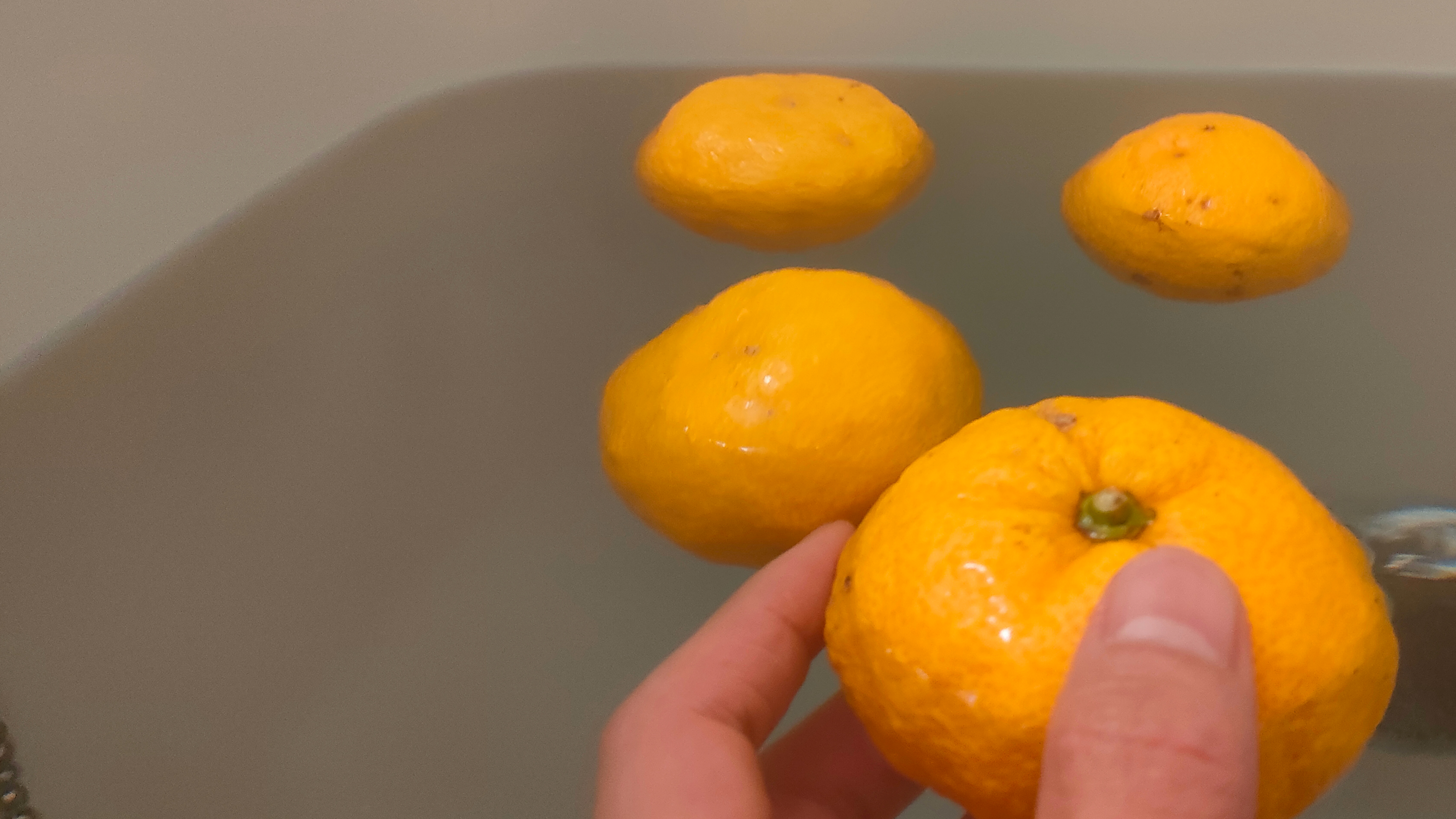
Experience the soothing tradition of yuzu baths, known as “yuzu-yu (柚子湯) ” . In Japan, yuzu-yu involves adding yuzu (柚子) fruit to hot bathwater, releasing its calming aroma and potential skin benefits. The citrusy scent combined with the warmth of the water creates a relaxing atmosphere, perfect for unwinding after a long day.
What is yuzu-yu?
Yuzu-yu, a bath with floating yuzu citrus, is a traditional Japanese practice. It is celebrated on the Winter Solstice (Touji:冬至) Day, which is one of Japan’s 24 seasonal markers signifying the day when the nights become the longest, occurring around December 21st or 22nd every year.
The refreshing scent of yuzu is believed to prevent colds, which is why we take yuzu-yu to pray for good health.
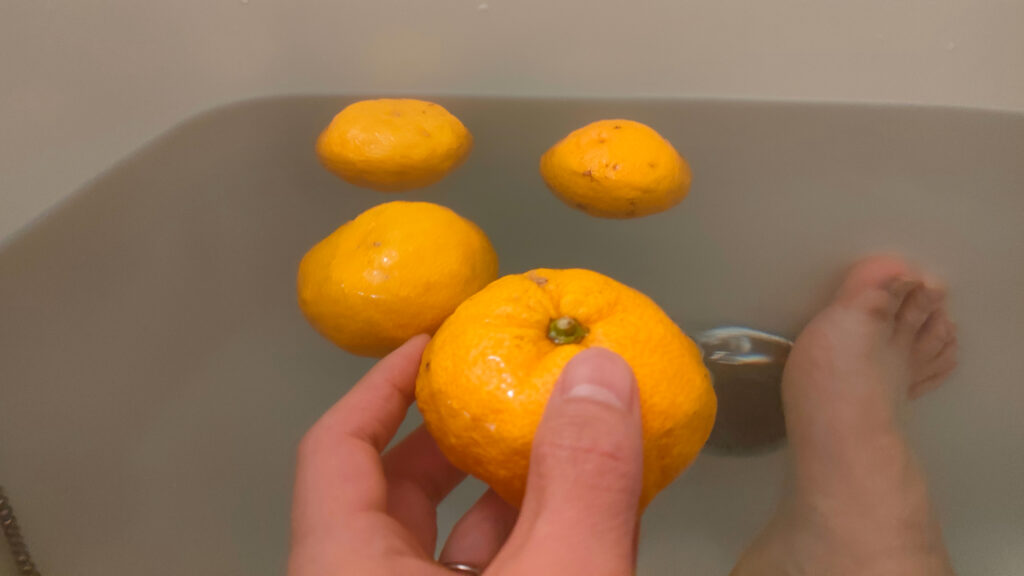
Preparing the Yuzu-yu Bath: Tips and Variations
Yuzu-yu can be prepared in diverse ways, varying among families and regions. Methods include floating whole yuzu, halving them, or using sliced yuzu. While cutting the fruit intensifies its aroma, it results in pulp scattering in the bath, making cleanup bothersome. Thus, we recommend either floating the whole yuzu or placing the cut yuzu in a net before adding it to the bath to ease cleanup.
This practice not only wards off the cold but also prepares both body and soul for the upcoming winter.
Although this winter tradition offers warmth, individuals with sensitive skin or specific dermatological issues should take precautions. Yuzu components may irritate the skin. Consulting a dermatologist or specialist beforehand is advisable if concerned about skin reactions.
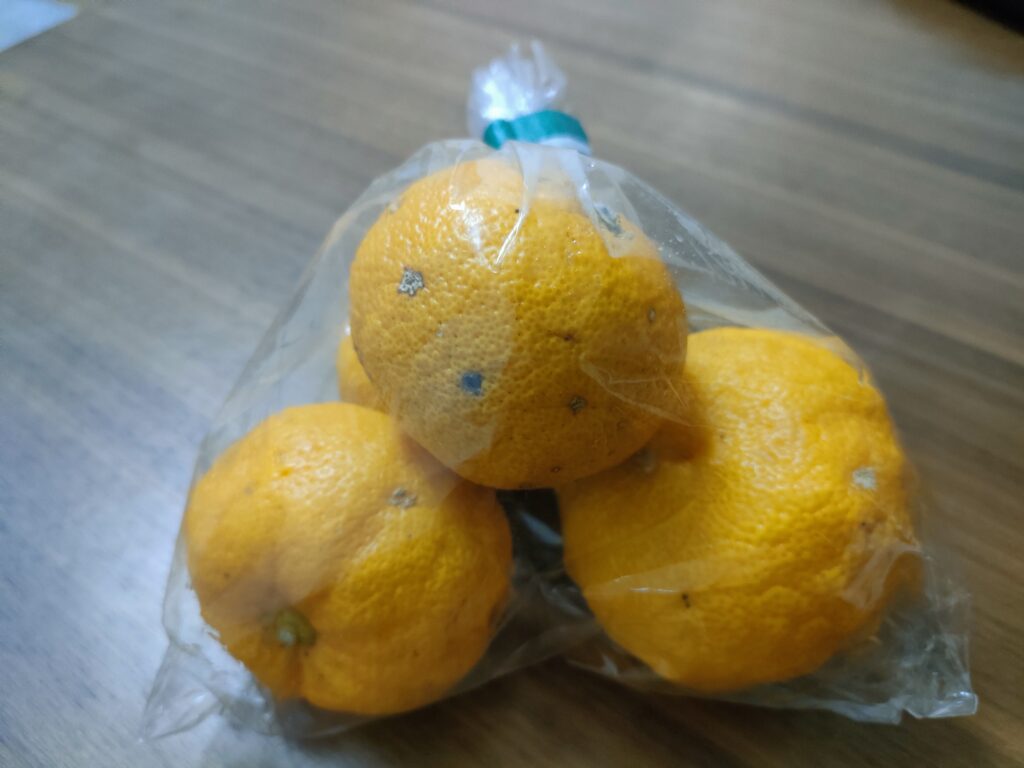
Yuzu in Cuisine
Yuzu serves as a vital ingredient in Japanese cuisine, used in ponzu (ポン酢) , alcoholic beverages, or as fragrant garnish similar to lemon or lime zest. Its versatility in cooking makes it indispensable. If you can get your hands on it, try various uses.
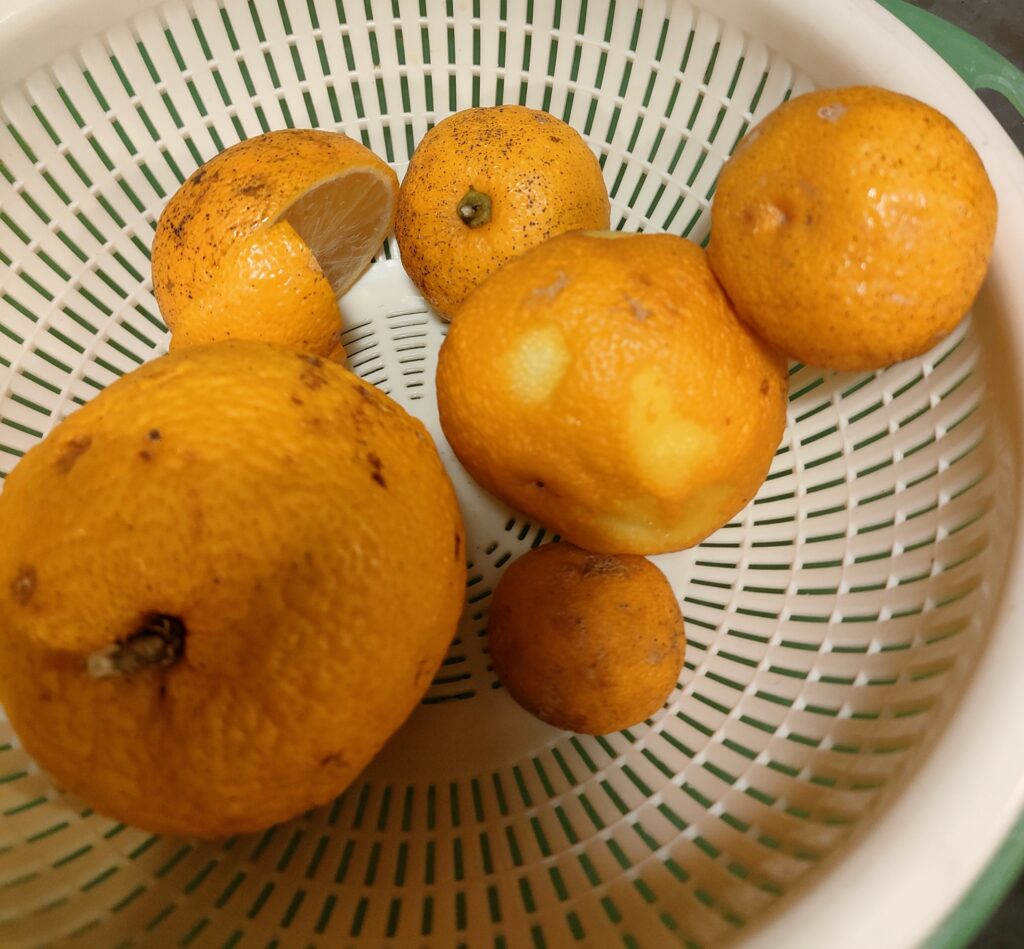
Given its frequent consumption with the peel, acquiring organically grown yuzu provides a more reassuring dining experience.


